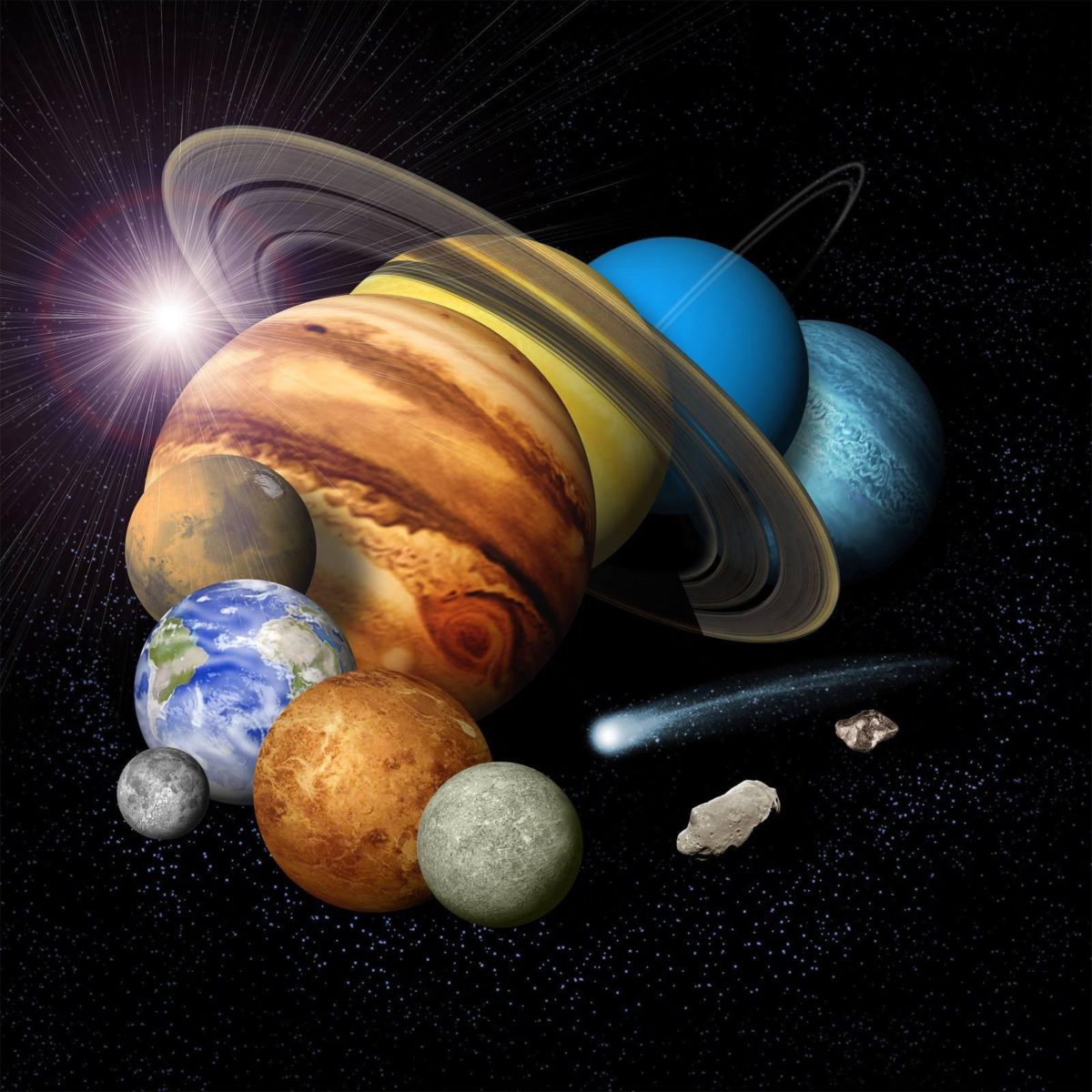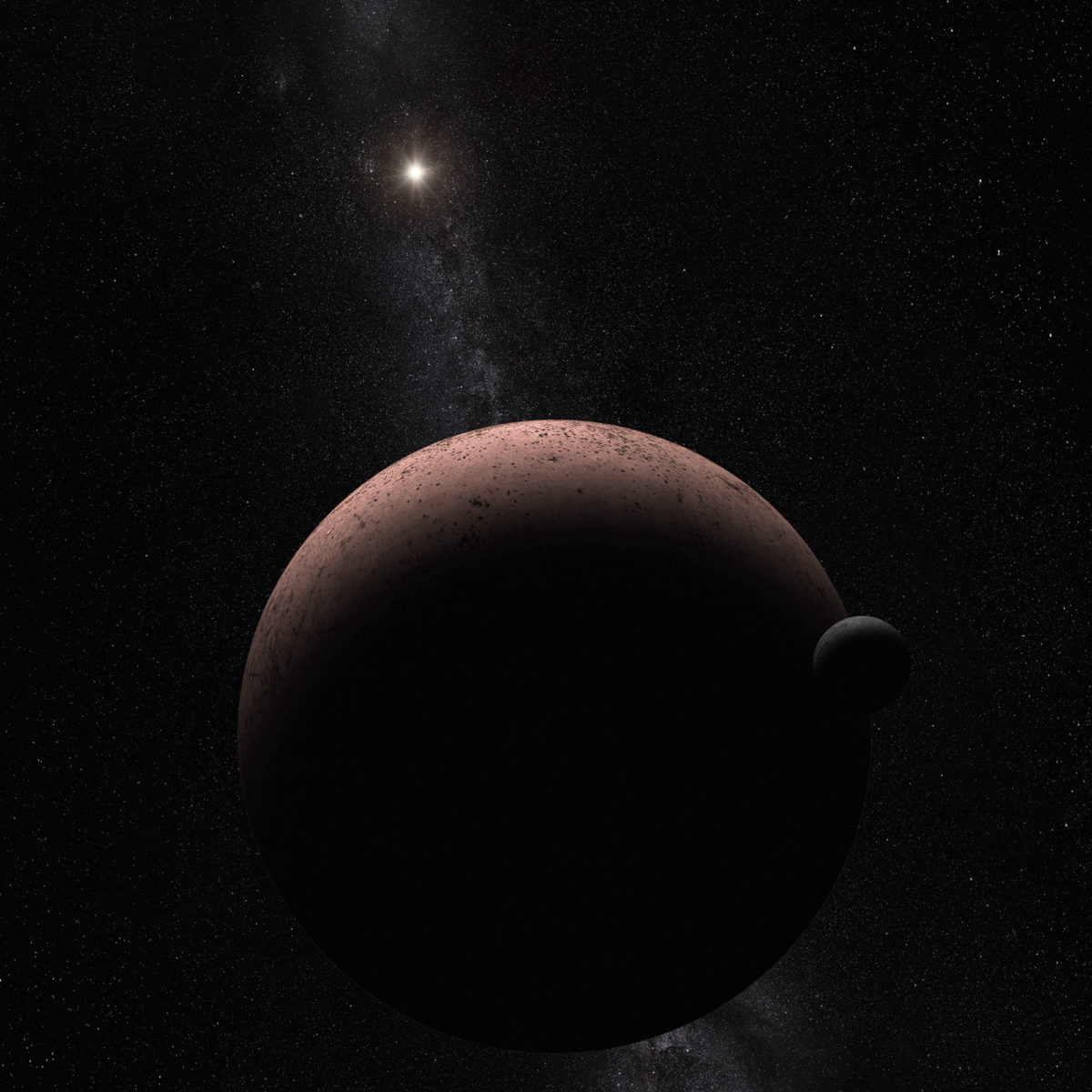All
All
Stories, updates, insights, and original analysis from The Planetary Society.
Akatsuki begins a productive science mission at Venus
Japan's Akatsuki Venus orbiter is well into its science mission, and has already produced surprising science results. The mission, originally planned to last two years, could last as many as five, monitoring Venus' atmosphere over the long term.
Lockheed Proposes to have Humans Orbiting Mars by 2028
Lockheed Martin proposed a system to send humans to orbit Mars in the year 2028—a concept that shares many core values with The Planetary Society's report, Humans Orbiting Mars, we released last year.
Pretty Pictures of the Cosmos: The Eye of Sauron
Astrophotographer Adam Block shares his latest image, this time of a menacing spiral galaxy.
ExoMars Rover Seeks Exit From Dire Straits
The European Space Agency and Roskosmos have admitted the inevitable—the launch of the joint ExoMars-2018 project will have to be postponed for two years to 2020.
Pictures and video: After dramatic sea rescue, shuttle tank berths safely in San Diego
Two-and-a-half days after a dramatic sea rescue, the tugboat crew hauling a space shuttle fuel tank to California bid farewell to some unexpected passengers last night in San Diego.
Space Exploration: Leaving the Earth to Understand It
Looking back at Earth from beyond helps to give perspective on our place in the cosmos.
Field Report From Mars: Sol 4365 - May 5, 2016
Opportunity arrived at its current location on sol 4345 to begin investigation of an outcrop on the crest of a ridge near the west end of Marathon Valley.
Tugboat hauling shuttle tank to California rescues passengers of sunk fishing vessel
The crew of the tugboat hauling the last unflown space shuttle external fuel tank to California reports they have rescued four passengers from a fishing boat that sunk off the coast of Mexico.
State of NASA Earth Observation
Anna Scott gets us up to speed on NASA's Earth-observing missions nearly 60 years into the satellite age.
A feast of new OSIRIS photos from comet 67P
Last week, the Rosetta mission released a large quantity of science data to the worldwide public, including photos from the mission's close observation phase and the Philae landing.
Mars Exploration Rovers Update: Opportunity Sleuths New Site for Smectites
Opportunity and the Mars Exploration Rovers (MER) team pressed on through the Martian winter and spent April sleuthing for clay minerals at the mission’s new site on the southern wall of Marathon Valley.
All the way to orbit: After 35 years, is the RS-25 still the Ferrari of rocket engines?
The RS-25 powered the space shuttle for three decades, and will soon be used on the Space Launch System. Is it still the Ferrari of rocket engines? A deep dive on performance, reliability and the politics of rocket science.
New lunar mosaics emerge as Surveyor digitization project continues
A team of scientists at the University of Arizona continue their efforts to extract data from more than 90,000 images captured during NASA's Surveyor program. In the meantime, new first-look images and an animation have been released.
The what-o-sphere? An explainer
Why do we need to slice up atmospheres into classifications like the troposphere, stratosphere, mesosphere, and thermosphere?
The Giant Volcanoes of Mars
Justin Cowart shares some spectacular images showcasing Mars' volcanoes from Mars Express.
Dawn Journal: A New Angle on Ceres
Since April 11, instead of photographing the scenery directly beneath it, Dawn has been aiming its camera to the left and forward as it orbits and Ceres rotates to map more of the dwarf planet.
What's up in the solar system, May 2016 edition: Good news in cruise for Juno and ExoMars Trace Gas Orbiter
May 2016 will be yet another month of fairly routine operations across the solar system -- if you can ever use the word
A Moon for Makemake
The solar system beyond Neptune is full of worlds hosting moons. Now we know that the dwarf planet Makemake has one of its very own.
Future High-Resolution Imaging of Mars: Super-Res to the Rescue?
HiRISE Principal Investigator Alfred McEwen explains an imaging technique known as Super-Resolution Restoration (SRR), and how it could come in handy for high-resolution imaging of the Red Planet.
What NASA Can Learn from SpaceX
SpaceX's announcement that it will send Dragon capsules to Mars demonstrates the advantage of having a clear plan to explore the red planet. NASA should take note.


 Explore Worlds
Explore Worlds Find Life
Find Life Defend Earth
Defend Earth


 Sun
Sun Mercury
Mercury Venus
Venus Earth
Earth Mars
Mars Jupiter
Jupiter Saturn
Saturn Uranus
Uranus Neptune
Neptune Small Bodies
Small Bodies

















